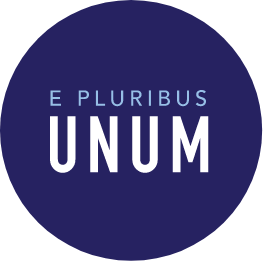Policy Summary
This policy would provide for an allocation of funding (typically federal) that would apply to the elimination of tuition and fees for higher education expenses. Typically, these policies include a focus on public institutions with a strong emphasis on technical or 2-year education. Other provisions offered in some policy models include a cap on student loan interests for those expenses incurred by the student and paid for through educational loans.
Case for Equity
The GI Bill is credited as one of the most impactful economic mobility programs in US history. The program’s focus on building the human capital of veterans contributed significantly to unprecedented growth in the American middle class in the post-World War years. The argument for the creation and expansion of free college programs relies on that experience and its example of paving the way for widespread upward mobility for millions of Americans.
Given that there exists a significant skills gap in today’s workforce and the fact that jobs increasingly require credentials beyond high school, there is a tremendous need for large-scale investment in higher education. That investment must recognize nearly a century of underfunding in low wealth K-12 schools, a practice that disadvantages millions of low-income families and families of color along with rural residents all over America. Research on free college programs has demonstrated effectiveness at increasing college-going rates for children of all races. But it has shown particularly positive impacts on children from low-income backgrounds and children of color who are less likely to have the financial means to afford college either by virtue of family savings or investments.
Return on Investment

Return on Investment for this policy is rated as HIGH.
Research Base

The research base is rated as being HIGH. While there are questions to be raised about the generalizability of many of the findings and the inconsistencies in the research, these issues stem in part from the tremendous variation in model design, and the fact approach to evaluation in some cases. As such, these limitations don’t detract from the overall value of the literature which has provided us with tremendous insights.
State & Local Ease of Implementation

This policy is rated as having a MODERATE level of implementation difficulty.
A growing number of state and local models have proliferated over the past decade. That has put competitive pressures on neighboring states and raised the awareness of the need for human capital investments, thus making the policy more appealing to policymakers. The policy does require some reforms to both post-secondary and K-12 institution practices in a given locality in addition to standing up an administrative apparatus. The ability of the policy to be implemented at local and state levels adds to its state and local ease of implementation (greater number of possible policy routes).
